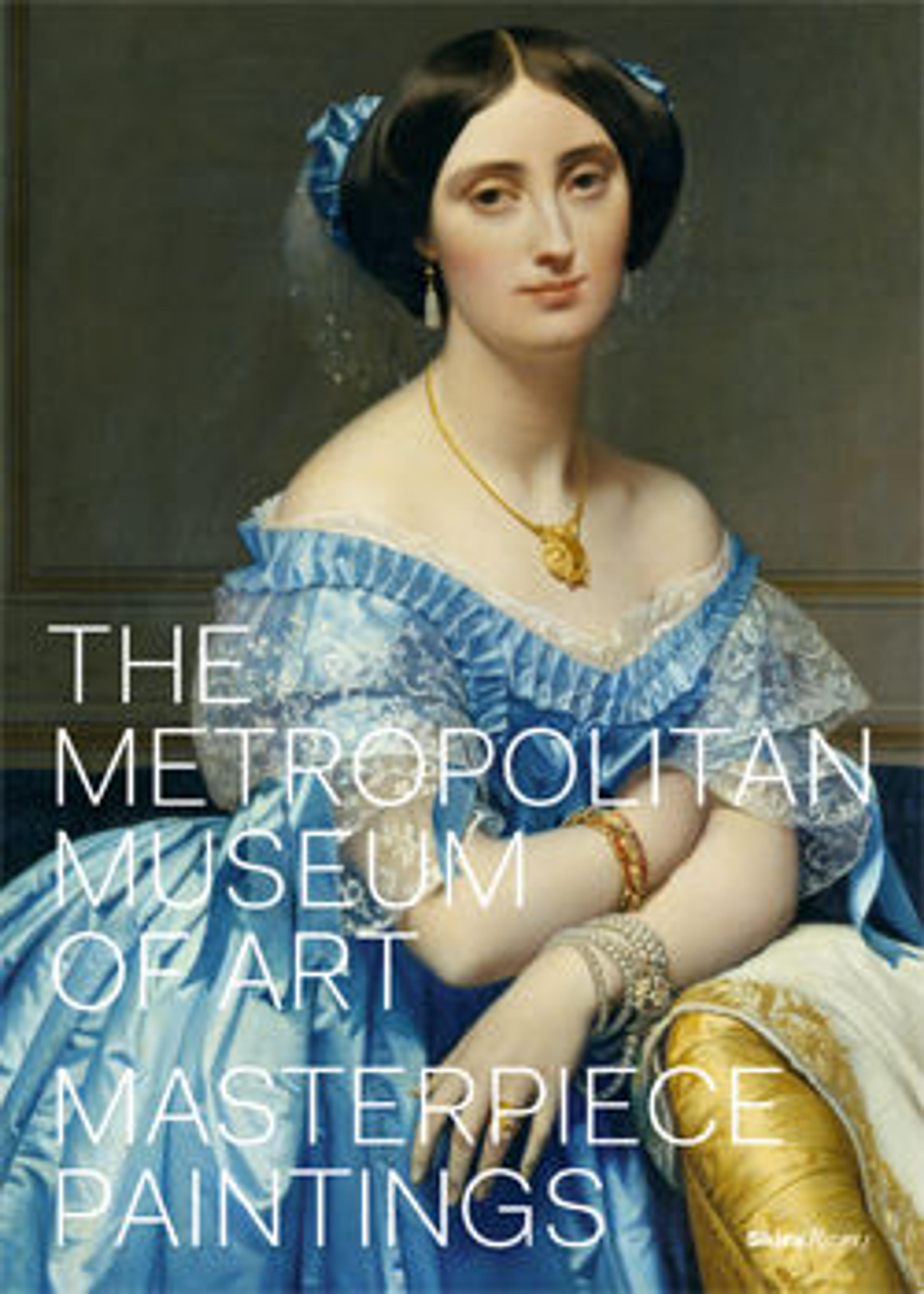"The Eavesdropper", Folio 47r from a Haft Paikar (Seven Portraits) of the Khamsa (Quintet) of Nizami of Ganja
This folio once illustrated a magnificent manuscript of Nizami’s Haft Paikar (Seven Portraits). The story of the Seven Portraits comprises a series of moralizing tales as told to the Persian hero Bahram Gur by seven princesses. This lively and lyrical scene illustrates a story in which a youth spies upon maidens swimming in a garden pool by moonlight. The voyeur is barely visible here, peering out of the shuttered window, unbeknownst to the playful bathers below.
Artwork Details
- Title:"The Eavesdropper", Folio 47r from a Haft Paikar (Seven Portraits) of the Khamsa (Quintet) of Nizami of Ganja
- Calligrapher:Maulana Azhar (died 1475/76)
- Poet:Nizami (present-day Azerbaijan, Ganja 1141–1209 Ganja)
- Artist:Painting by Unknown
- Date:ca. 1430
- Geography:Made in present-day Afghanistan, Herat
- Medium:Ink, opaque watercolor, silver, and gold on paper
- Dimensions:Painting: H. 8 7/8 in. (22.5 cm)
W. 4 7/8 in. (12.4 cm)
Page: H. 11 in. (27.9 cm)
W. 7 3/16 in. (18.3 cm)
Mat: H. 19 1/4 in. (48.9 cm)
W. 14 1/4 in. (36.2 cm) - Classification:Codices
- Credit Line:Gift of Alexander Smith Cochran, 1913
- Object Number:13.228.13.6
- Curatorial Department: Islamic Art
More Artwork
Research Resources
The Met provides unparalleled resources for research and welcomes an international community of students and scholars. The Met's Open Access API is where creators and researchers can connect to the The Met collection. Open Access data and public domain images are available for unrestricted commercial and noncommercial use without permission or fee.
To request images under copyright and other restrictions, please use this Image Request form.
Feedback
We continue to research and examine historical and cultural context for objects in The Met collection. If you have comments or questions about this object record, please contact us using the form below. The Museum looks forward to receiving your comments.
